Fall Tips to Prevent a Pest Infestation
As the vibrant colors of autumn foliage paint the Minnesota landscape and the temperatures start to drop, insects and rodents begin to prepare for winter. Some may seek shelter and warmth indoors, making it crucial for homeowners to take proactive steps in pest prevention. Implementing these fall pest prevention tips below can go a long way in reducing your chances of having an infestation down the road. Remember, the key to the best pest prevention is staying proactive and addressing issues early before they get out of hand.
Keep your home & garage organized
How is your food being stored?
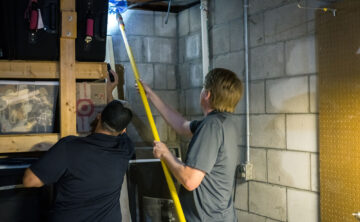
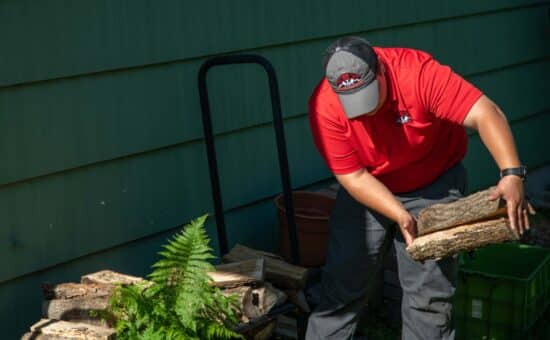
Maintain your yard, especially next to your home
Your yard can be a source of both shelter and food for pests. Trim back trees and bushes from your home’s foundation, rake up fallen leaves, and clean out below-ground window wells. A lot of bugs will spend the winter under leaf litter, and if kept close to your foundation, they can find their way inside following the heat of your house.
Store firewood properly
If you use firewood during the fall and winter months, store it at least 20 feet away from your home and five inches off the ground. This prevents pests like carpenter ants from finding their way into your living space through the firewood.
Watch out for hitchhikers
Eliminate moisture
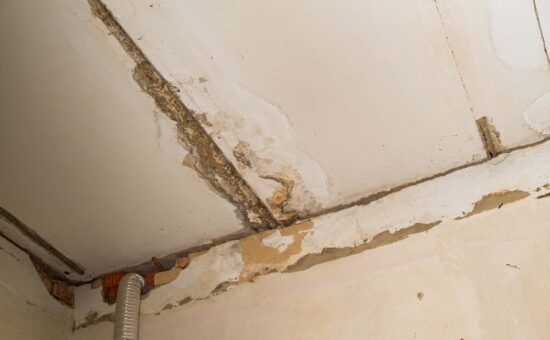
Maintain common entry points
Pests can enter your home through a variety of methods. By inspecting, and performing routine maintenance, you can help reduce the likelihood of their infestation.
Check screens and vents
Attic and crawl space vents should have intact and tight-fitting screens. Regularly inspect and maintain these screens, and be sure to repair or replace any damaged window or door screens. Keeping these barriers intact can help prevent pests from entering your home.
Add or replace weather stripping
Seal exterior cracks and holes
Change your outdoor bulbs
Know when to hire an expert
Other items you may be interested in:
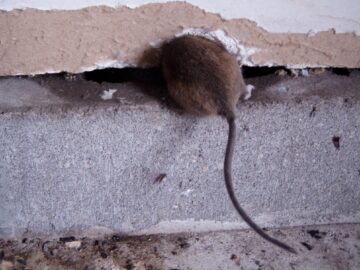
Tips for Do-It-Yourself Mice Control
Ever wondered how to manage a small mouse problem in your Minnesota home on your own? Below are tips from our team of pest experts
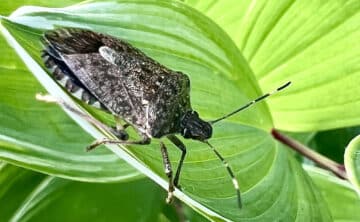
Why Are Stink Bugs & Boxelder Bugs in My Home?
Boxelder bugs are an overwintering insect that’s no stranger to most Minneapolis homeowners. You may have witnessed them congregating on the exteriors of your house,
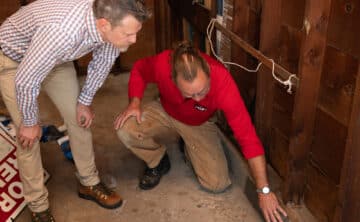
When to Call a Pest Control Professional
Have you ever wondered when pest control is too much to handle on your own and when to call a pest control professional? Knowing where–and



